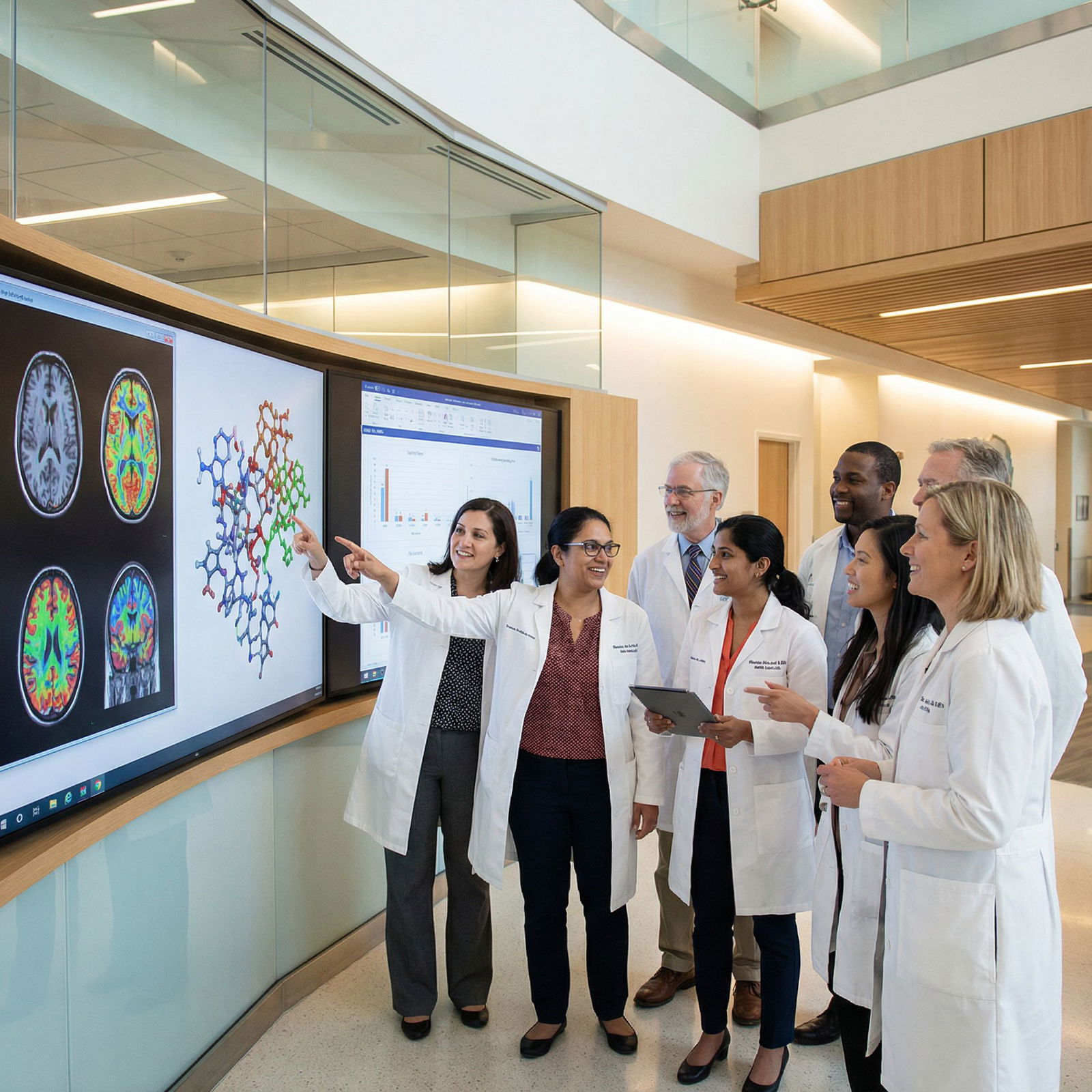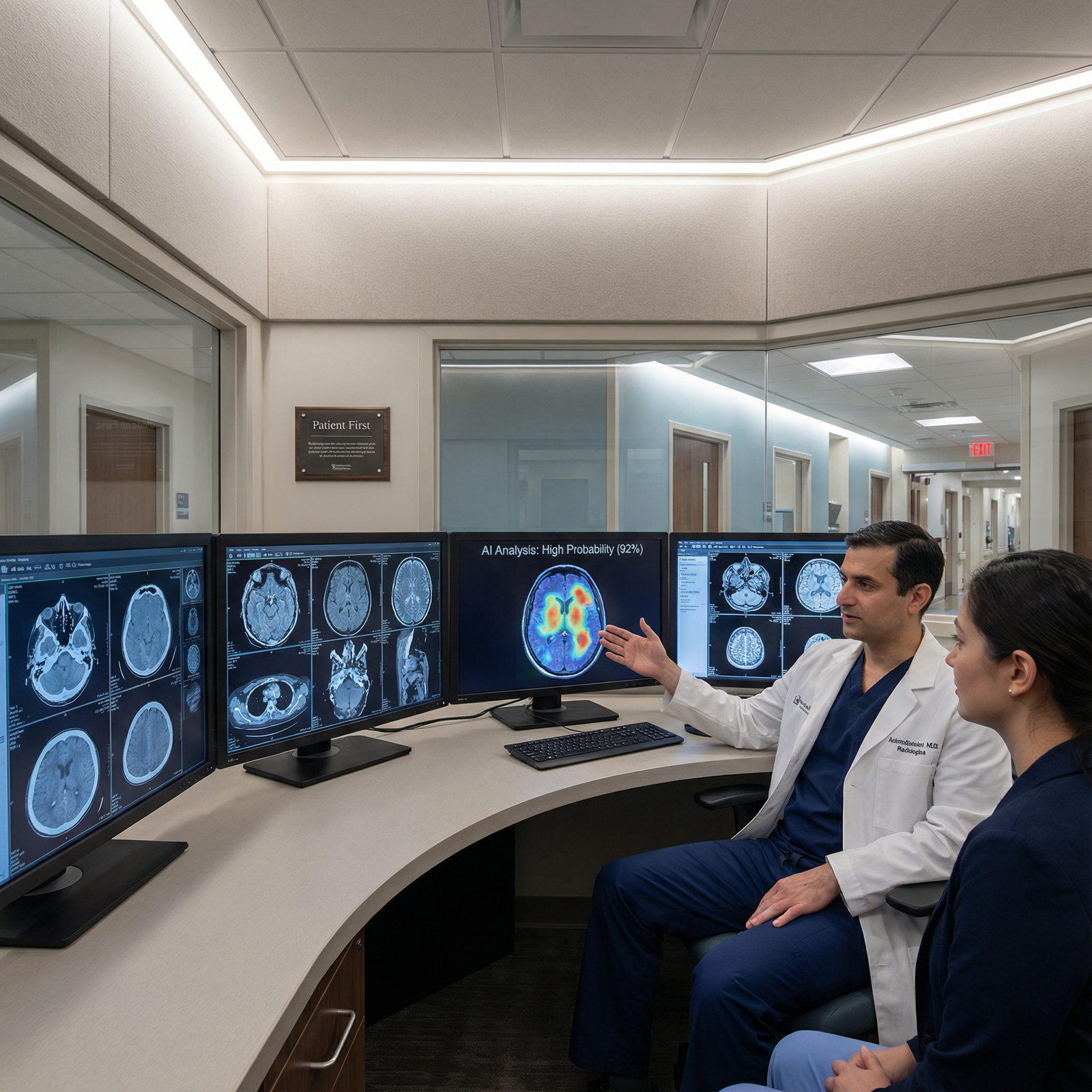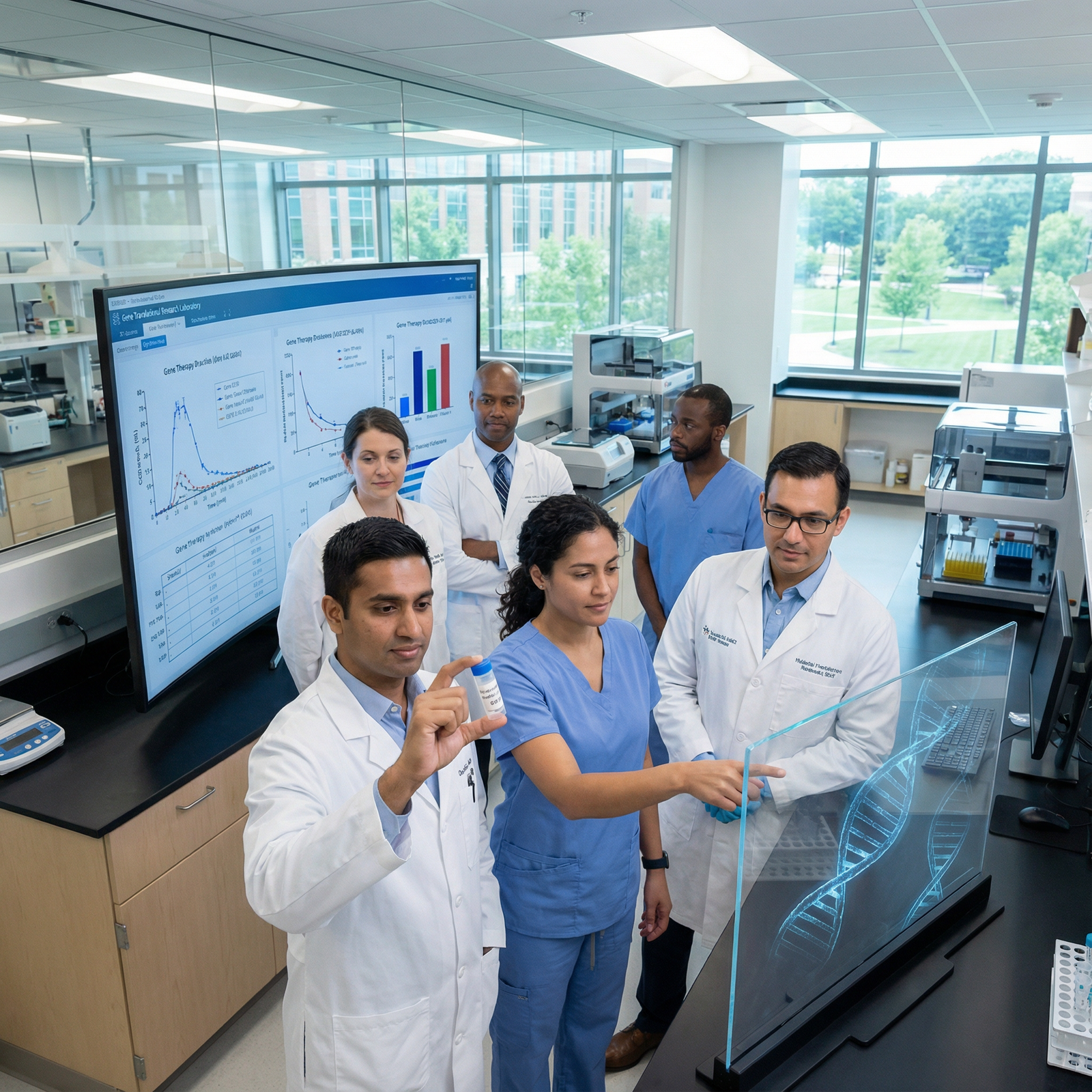Revolutionizing Surgical Procedures: The Impact of 3D Printing in Medicine
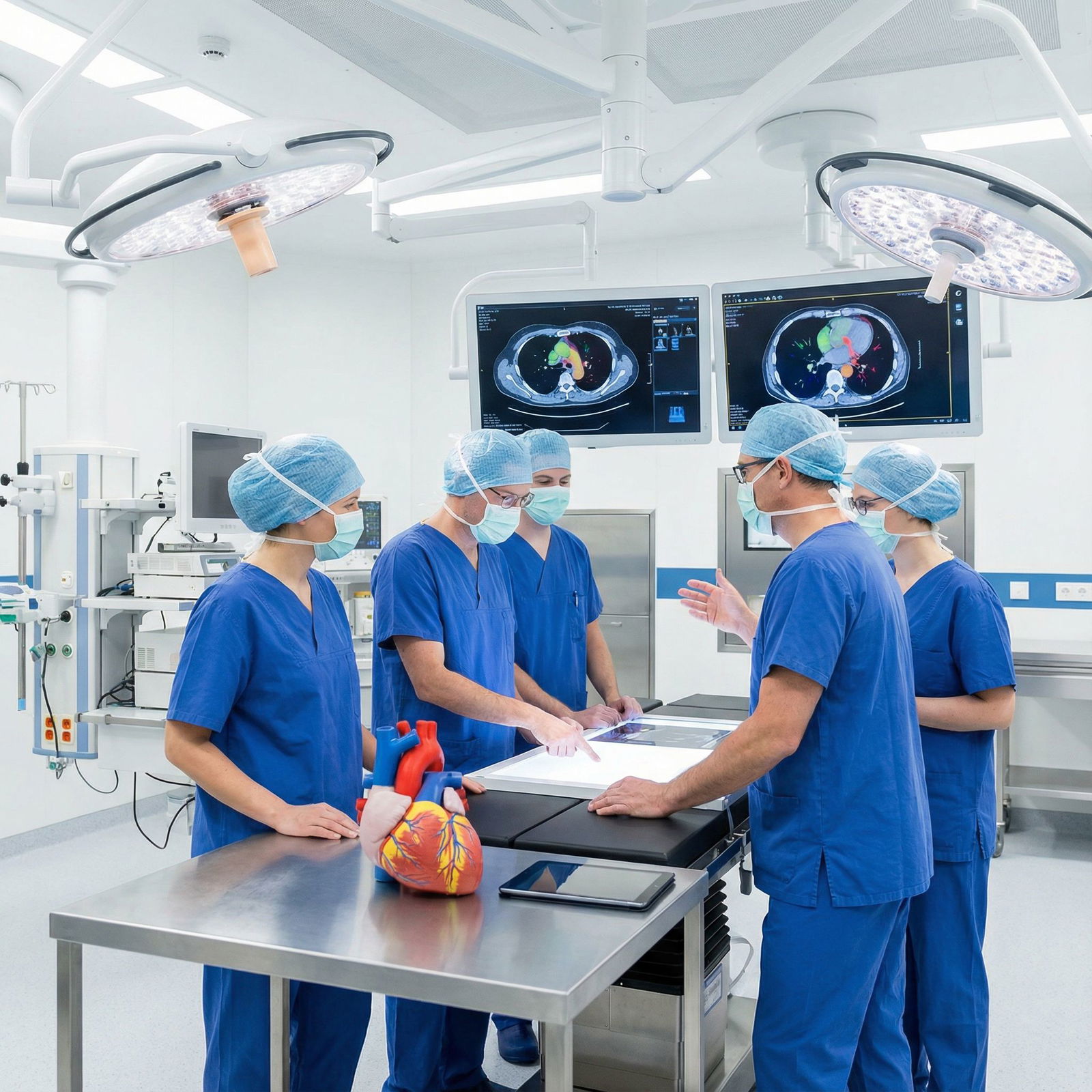
Introduction: 3D Printing at the Heart of Surgical Innovation
In the rapidly advancing world of medical technology, few innovations have captured as much attention as 3D Printing. Once considered a niche tool for engineers and designers, 3D printing has evolved into a powerful driver of Health Innovations, reshaping how surgeons plan, practice, and perform Surgical Procedures.
For clinicians, residents, and medical students, understanding this technology is no longer optional—it is becoming a core component of modern Patient Care. From personalized implants and surgical guides to realistic training models and experimental bioprinted tissues, 3D printing is transforming the surgical landscape in ways that directly affect clinical outcomes, workflow efficiency, and ethical decision-making.
This article explores the fundamentals of 3D printing in surgery, its key applications across specialties, real-world examples, challenges and regulatory considerations, and practical guidance for trainees who want to engage with this rapidly evolving field.
3D Printing Fundamentals for Clinicians
What Is 3D Printing in a Medical Context?
3D printing, also called additive manufacturing, is the process of creating a three-dimensional object from a digital design by depositing material in thin layers until the final shape is built. In medicine, these digital designs often originate from patient imaging data—CT, MRI, or 3D ultrasound—allowing clinicians to translate virtual anatomy into tangible models and patient-specific devices.
For Surgical Procedures, this layer-by-layer process enables:
- High personalization based on individual anatomy
- Rapid iteration and prototyping of implants and tools
- On-demand production close to or within the hospital
This stands in contrast to traditional subtractive manufacturing, which often involves standardized, mass-produced devices and limited patient-specific customization.
Common 3D Printing Materials in Surgery
The choice of material depends on the clinical application and regulatory constraints:
- Polymers (e.g., PLA, ABS, nylon, PEEK)
- Anatomic models, cutting guides, drill templates, some implants (e.g., cranial plates, spinal cages using PEEK)
- Metals (e.g., titanium alloys, cobalt-chrome)
- Load-bearing orthopedic implants, craniofacial reconstruction plates, dental implants
- Elastomers (e.g., silicone-like materials)
- Vascular, cardiac, and airway models for simulation and planning
- Biomaterials / Hydrogels
- Experimental bioprinting of tissues and scaffolds
Understanding material properties—biocompatibility, mechanical strength, sterilization compatibility—is essential for any clinician involved in device selection or design.
Major 3D Printing Technologies Used in Healthcare
Different 3D printing methods offer trade-offs in precision, speed, cost, and material options:
- Fused Deposition Modeling (FDM)
- Melts thermoplastic filament and deposits it layer-by-layer
- Widely available, low-cost, suitable for training models, jigs, and some guides
- Stereolithography (SLA)
- Uses a UV laser to cure liquid resin with very fine resolution
- Excellent for highly detailed anatomic models and precise surgical guides
- Selective Laser Sintering (SLS) and Direct Metal Laser Sintering (DMLS)
- Sinter powdered polymers or metals using a laser
- Used for complex, porous metal implants and high-strength devices
- Bioprinting
- Deposits living cells and biomaterials (bioinks) in precise patterns
- Primarily in research, with emerging applications in regenerative medicine and reconstructive surgery
For residents and trainees, familiarity with the strengths and limitations of each modality helps you interpret what is feasible and how to partner effectively with engineers and industry.
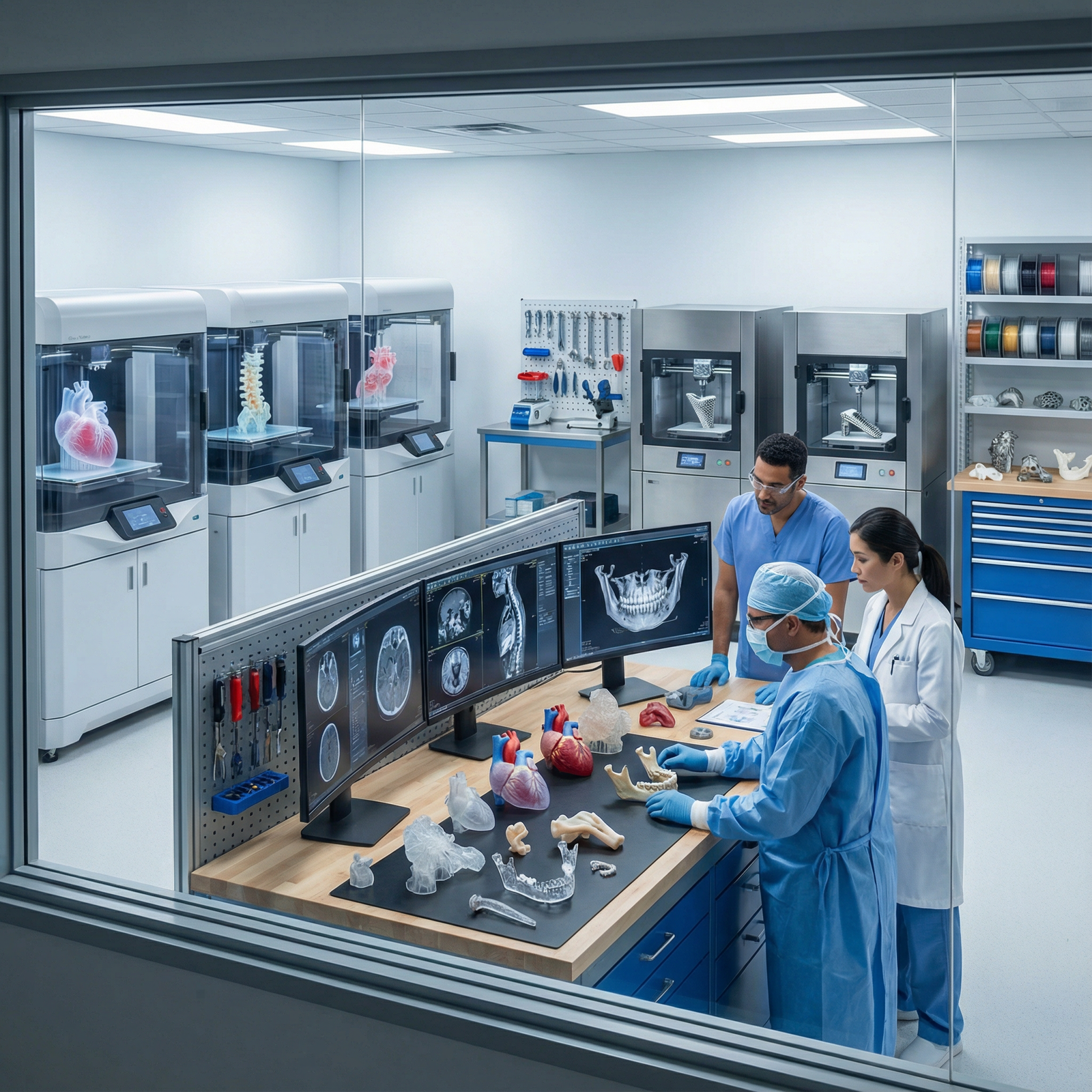
How 3D Printing Is Transforming Surgical Procedures
1. Customized Implants and Prosthetics for Better Outcomes
One of the most impactful uses of 3D printing in Patient Care is the creation of patient-specific implants (PSIs) and prosthetic devices. Unlike off-the-shelf implants that require intraoperative adjustment, PSIs are designed to match the patient’s unique anatomy using preoperative imaging.
Clinical Benefits
- Improved fit and biomechanics
- Better load distribution in orthopedic implants
- More accurate restoration of native anatomy in craniofacial surgery
- Reduced operative time
- Less intraoperative sculpting or bending of plates
- More predictable steps, fewer surprises in the OR
- Potentially faster recovery and reduced complications
- Decreased risk of implant malposition
- Potentially lower revision rates over time
Examples Across Surgical Specialties
- Orthopedics
- Custom acetabular cups for complex hip revisions
- Patient-specific plates and cages for spinal deformity corrections
- 3D-printed wedges and guides for osteotomies
- Cranio-maxillofacial surgery
- Patient-matched orbital floor implants
- Mandibular and midface reconstruction plates designed on virtual surgical plans
- Neurosurgery
- Custom cranioplasty plates for large skull defects
- ENT and reconstructive surgery
- Airway stents and patient-specific facial prostheses
The FDA and other regulatory authorities have now cleared numerous 3D-printed implants, particularly in orthopedics and craniofacial surgery, signaling growing confidence in these Health Innovations.
2. Preoperative Planning and Team Communication
3D-printed anatomical models created from CT or MRI data allow surgeons to “hold” the pathology in their hands before the first incision. This three-dimensional, tactile understanding can significantly refine surgical planning.
How Models Enhance Surgical Planning
- Complex anatomy visualization
- Congenital heart disease (e.g., double outlet right ventricle, complex shunts)
- Head and neck tumors encasing vessels or nerves
- Complex pelvic fractures and acetabular injuries
- Dry-run rehearsals
- Surgeons can simulate osteotomies, screw placements, and resections on the model
- Teams can test different approaches and select optimal strategies
- Improved intraoperative orientation
- Physical model in the OR aids real-time decision-making and orientation
Communication and Education Benefits
- Team coordination
- Facilitates multidisciplinary discussions (surgery, radiology, anesthesia, ICU, rehab)
- Aligns expectations and responsibilities ahead of complex procedures
- Patient and family education
- Patients can see and feel a replica of their anatomy
- Enhances informed consent, reduces anxiety, and fosters trust
For trainees, involvement in the 3D modeling workflow—from image segmentation to hands-on planning—builds spatial reasoning and procedural understanding in ways that 2D imaging alone cannot.
3. Surgical Guides and Custom Instruments
3D printing also streamlines Surgical Procedures by enabling patient-specific instruments (PSIs) and guides tailored to an individual’s anatomy.
Types of Guides and Tools
- Cutting and drilling guides
- Orthopedic osteotomy guides for precise correction angles
- Craniofacial cutting jigs to translate virtual planning into exact bone cuts
- Positioning templates
- Guides for optimal placement of pedicle screws or plates
- Templates for marking resection margins in oncologic surgery
- Custom retractors and access portals
- Tools designed for minimally invasive corridors or unique anatomy
Practical Advantages
- Higher accuracy in executing virtual surgical plans
- Shorter operative times and potentially less blood loss
- Reduced radiation exposure from intraoperative fluoroscopy due to more predictable trajectories
- Lower cost compared with complex, traditionally manufactured custom instruments
Residents who learn to use and evaluate these devices gain a practical edge in both efficiency and outcomes-focused practice.
4. Surgical Simulation and Skills Training
For medical education and residency training, 3D printing has emerged as a powerful bridge between theory and real-world practice.
Training Applications
- Procedure-specific models
- Vascular malformations, aneurysms, and AVMs for neurointervention training
- Airway models for difficult intubation and tracheostomy practice
- Pelvic and fracture models for nailing, plating, and arthroplasty simulations
- Rehearsal of rare or complex cases
- Gives trainees protected exposure to high-risk, low-frequency procedures
- Encourages stepwise skill development before direct patient care
- Ethically aligned training
- Reduces dependence on animal models and cadavers
- Enhances patient safety by shifting learning curves away from the live OR
Educators can design graduated difficulty levels and objective assessment tools using 3D-printed platforms, aligning with competency-based medical education and ethical best practices.
5. Bioprinting and Tissue Engineering: The Emerging Frontier
Bioprinting represents a cutting-edge intersection of Medical Technology, cellular biology, and engineering. Instead of plastic or metal, printers deposit living cells and biomaterials layer by layer.
Current and Emerging Applications
- Engineered tissue scaffolds
- Supports for cartilage regeneration in joint surgery
- Bone scaffolds seeded with osteogenic cells for segmental defects
- Skin and soft tissue constructs
- Experimental bioprinted skin grafts for burn victims
- Complex flaps combining multiple tissue types envisioned for reconstruction
- Long-term vision: solid organs
- Research targeting bioprinted liver patches, kidney units, and cardiac tissue
- If successful, could transform transplant surgery and organ allocation ethics
Although most bioprinting remains in the research or early clinical trial stage, it raises important questions about access, regulation, consent, and equity—areas in which residents and future leaders will need strong ethical frameworks.
Real-World Applications and Case Examples
Complex Craniofacial Reconstruction
Craniofacial surgery is one of the earliest and most established adopters of 3D printing in operative planning and reconstruction.
Example: Craniosynostosis Repair
In centers like Johns Hopkins and similar high-volume programs:
- Preoperative CT data is converted into a life-size skull model
- Surgeons plan osteotomies and reshaping maneuvers on the model
- Cutting guides and custom plates are printed to translate the plan into the OR
Outcomes reported in the literature include:
- Reduced operative time
- More symmetrical and predictable cosmetic results
- Lower intraoperative blood loss in some series
Residents involved in such cases gain a rich understanding of both anatomy and the planning-to-execution continuum.
Orthopedic Trauma and Joint Reconstruction
3D printing has strong traction in orthopedics, particularly for complex fractures, deformity corrections, and revision arthroplasty.
Example: Custom Plate for Complex Fracture
For a patient with comminuted pelvic or periarticular fractures:
- A 3D model of the fractured bone is printed
- Surgeons can pre-contour a plate on the printed model or commission a custom 3D-printed plate
- In the OR, fixation becomes more efficient, with better alignment and stability
For revision hip surgery with severe bone loss, a custom acetabular component can be designed with specific screw paths and porous structures to maximize fixation and bone ingrowth.
Cardiac and Vascular Surgery
Congenital cardiac surgery and complex vascular reconstruction also benefit from these Health Innovations.
- Congenital heart defects: 3D models help surgeons and cardiologists visualize abnormal connections, chamber sizes, and outflow tracts.
- Aortic aneurysms and dissections: Patient-specific models assist in endograft sizing and planning of open and hybrid procedures.
Such models not only increase surgeon confidence but also help parents and patients grasp procedures that would otherwise be nearly impossible to explain with 2D diagrams alone.
Challenges, Regulations, and Ethical Considerations
Despite its promise, 3D printing in surgery faces several important hurdles that clinicians should understand.
Regulatory and Quality-Control Issues
- Regulatory oversight
- In the U.S., the FDA regulates 3D-printed implants and many patient-specific devices as medical devices.
- In-house manufacturing within hospitals (point-of-care manufacturing) is an evolving regulatory area requiring clear quality systems and documentation.
- Standardization and validation
- Consistent protocols for imaging, segmentation, design, and printing are essential to ensure safety and reproducibility.
- Validation of accuracy (e.g., dimensions, fit) is critical before clinical use.
Residents should be aware that not all 3D-printed tools are equal: some are research-grade, some are patient-education only, and others are fully regulated clinical devices.
Technical and Resource Constraints
- Cost and infrastructure
- High-end printers and biocompatible materials remain expensive.
- Smaller or resource-limited hospitals may not yet have access to on-site 3D printing labs.
- Human expertise
- Successful programs require collaboration among surgeons, radiologists, biomedical engineers, and regulatory specialists.
- Training is needed not only for technical staff but also for clinicians who must interpret and use these tools appropriately.
Ethical Dimensions in Personalization and Access
3D printing intersects with medical ethics and social justice:
- Equity and access
- Will personalized surgical care be available only at wealthy institutions or in high-income countries?
- How can health systems scale these benefits responsibly?
- Informed consent and transparency
- Patients should understand when custom or experimental devices are being used.
- Clear explanations about risks, alternatives, and long-term data gaps are essential.
- Data privacy
- Patient imaging data used for modeling and device design must be handled securely and in compliance with privacy regulations.
For trainees, engaging with these ethical questions early in your career will position you as thoughtful adopters and leaders in Medical Technology.
Practical Guidance for Medical Students and Residents
How to Get Involved in 3D Printing and Surgical Innovation
- Seek out your institution’s 3D lab or innovation center
- Many academic hospitals now have dedicated 3D printing or simulation labs.
- Ask to observe workflows, attend meetings, or participate in simple projects.
- Participate in interdisciplinary projects
- Collaborate with biomedical engineering, design, or computer science students.
- Work on quality improvement or research projects involving surgical models or guides.
- Develop core skills
- Gain basic literacy in DICOM imaging, segmentation software, and 3D modeling tools (e.g., Mimics, 3D Slicer, Blender).
- Learn the principles of sterilization, biocompatibility, and device approval pathways.
- Contribute to research and ethics discussions
- Case reports and small series on 3D-printed applications in your department
- Institutional protocols for safe and ethical use of point-of-care manufactured devices
Engagement in these areas can strengthen residency applications, foster scholarly productivity, and help shape safer, more effective care pathways.

FAQs: 3D Printing in Surgical Procedures
1. How does 3D printing concretely improve patient outcomes in surgery?
3D printing can improve outcomes by:
- Enabling precise, patient-specific implants that better restore anatomy and function
- Reducing operative time through precontoured plates, cutting guides, and rehearsed plans
- Lowering complication and revision rates associated with malalignment or poor implant fit
- Enhancing preoperative planning and team coordination, which decreases intraoperative uncertainty
While outcome data are still emerging, multiple studies report improved accuracy, shorter OR times, and high patient and surgeon satisfaction.
2. Is 3D printing in surgery safe and regulated?
Yes—when used clinically, 3D-printed devices are subject to the same core safety and efficacy standards as conventionally manufactured devices:
- Regulatory agencies (e.g., FDA, EMA, MHRA) oversee many 3D-printed implants and guides.
- Manufacturers must follow quality management systems, material traceability, and sterility standards.
- For in-hospital (point-of-care) manufacturing, institutions are developing governance structures and standard operating procedures to ensure consistent quality.
Clinicians should always verify whether a device is cleared for its specific indication and understand whether it is clinical, educational, or experimental.
3. Can 3D printing be used in emergency or resource-limited settings?
In selected situations, yes:
- In emergencies, 3D printing can provide rapid surgical guides or splints, or models to aid urgent planning in complex trauma or vascular cases.
- In resource-limited areas, low-cost FDM printers can produce training models, external splints, and basic instruments at a fraction of traditional costs.
However, time constraints, availability of imaging and printing infrastructure, material sterility, and regulatory considerations must be carefully weighed before clinical use in acute settings.
4. What is the realistic timeline for bioprinted organs in transplant surgery?
Bioprinting is advancing, but fully functional, transplantable solid organs (e.g., heart, kidney, liver) are likely many years to decades away from routine clinical use. Current progress is more promising for:
- Partial tissues or patches (cartilage, bone segments, skin)
- Organoids and microtissues used for drug testing and disease modeling
While the long-term vision is transformative, clinicians should clearly communicate present-day limitations to patients and maintain ethical clarity around experimental therapies.
5. How can a trainee leverage 3D printing experience for career development?
Experience with 3D printing can strengthen your profile by:
- Demonstrating innovation and systems thinking to residency and fellowship programs
- Providing material for posters, publications, and quality improvement projects
- Building interdisciplinary relationships across surgery, radiology, engineering, and industry
- Preparing you to lead adoption and governance of new technologies in your future practice
Document your projects, track outcomes when possible, and stay current with guidelines and best practices in Medical Technology and Health Innovations.
3D printing is no longer a speculative tool on the fringes of medicine; it is an increasingly embedded part of how Surgical Procedures are conceived, planned, practiced, and performed. For today’s trainees and clinicians, engaging thoughtfully with this technology—its capabilities, limitations, and ethical implications—is a powerful way to elevate patient-centered care and shape the future of surgery.

SmartPick - Residency Selection Made Smarter
Take the guesswork out of residency applications with data-driven precision.
Finding the right residency programs is challenging, but SmartPick makes it effortless. Our AI-driven algorithm analyzes your profile, scores, and preferences to curate the best programs for you. No more wasted applications—get a personalized, optimized list that maximizes your chances of matching. Make every choice count with SmartPick!
* 100% free to try. No credit card or account creation required.




